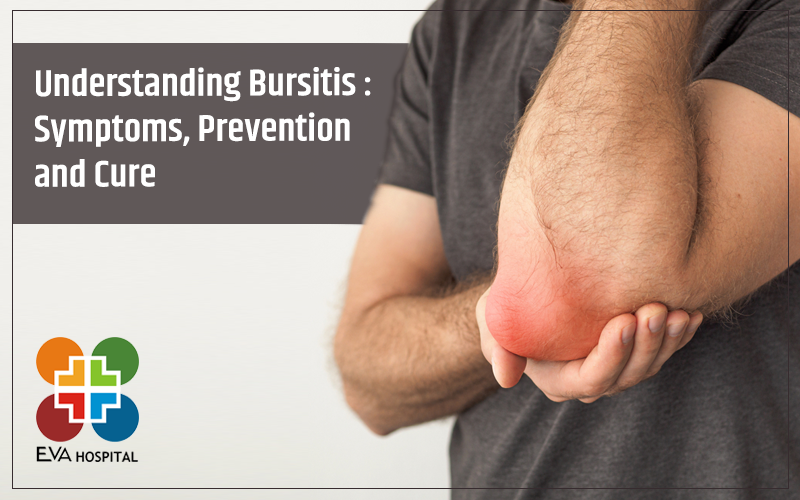
What is tendonitis? How is it different from tendinosis?
Various conditions related to the tendons in your body may become a cause of pain and restricted mobility. These conditions include ailments like tendinitis and tendinosis. While the terms tendinitis and tendinosis are sometimes used interchangeably, the two conditions that impact your tendons are not the same.
Despite identical symptoms and a certain level of similarity in their names, tendinitis and tendinosis require different treatment courses for healing. The fact that researchers say that what is thought to be tendinitis is usually tendinosis only adds to the confusion. For example, Tennis Elbow is usually described as tendinitis of the Extensor Carpi Radialis Brevis. But, latest research proves it is actually tendinosis.
To put it succinctly, understanding the difference between the two would be crucial to find the correct course of treatment.
What are tendons?
For the uninitiated, tendons are the fibrous connective tissue that attaches muscle to bone. Even though quite strong, they may start to degenerate due to a variety of reasons, including overuse, injury, aging and health conditions, resulting in pain, swelling, weakness and difficulty in performing certain movements.
What is Tendinitis?
Tendonitis is a condition in which one feels inflammation in the tendon. It is the results of micro-tears that take place when the musculotendinous unit is extremely overloaded with a tensile force that is too heavy and/or too sudden. Tendinitis can occur in almost any area of the body where a tendon connects a bone to a muscle. But this condition often affects the elbow, knee, shoulder, hip, Achilles tendon and the base of the thumb.
When treating tendonitis, the main objective of the healthcare practitioner is to reduce inflammation. The healing time for tendinitis is several days to 6 weeks. Almost 99% of cases recover completely.
What is Tendinosis?
Tendinosis is a condition that occurs when the collagen in a tendon is broken down, manifesting itself through reduced flexibility but no inflammation. Our body contains thousands of tendons and tendinopathy can affect any tendon. However, the most common forms of tendinosis occur in Achilles tendon (the largest tendon in the body that connects your calf muscle to your heel bone), rotator cuff tendons, patellar tendon and hamstring tendons.
The objective of tendinosis treatment is to optimize collagen production and maturation. These practices will enable the tendon to regain normal tensile strength. The healing time for Tendinosis is 6-10 weeks. In chronic cases, it may take 3–9 months since tendons require over 100 days to make new collagen. Almost 80% of cases recover completely.
What is Tendinopathy?
Tendinopathy describes any issue with a tendon. These include tendonitis and tendinosis, any tendon tears or inflammation of membranes around a tendon.
Treatment
In all cases, treatment may include resting, avoiding aggravation, icing, over-the-counter anti-inflammatory medicines, corticosteroid injections, physical therapy and surgery.
Key takeaways
- In the ’70s, most issues of the tendons were branded as Tendinitis. Scientists started to make a difference between Tendinitis and Tendinosis in the late 1990s.
- Tendonitis is less common than Tendinosis.
- Among medical practitioners, it is widely believed that tendinosis starts with tendinitis. The healing process for Tendinitis changes the collagen and weakens the tendon, triggering tendinosis.
- Deep-friction treatments are beneficial for both conditions.









